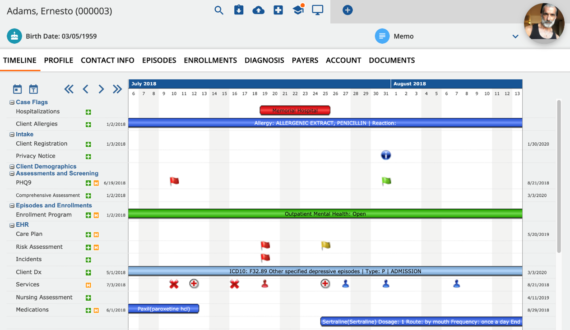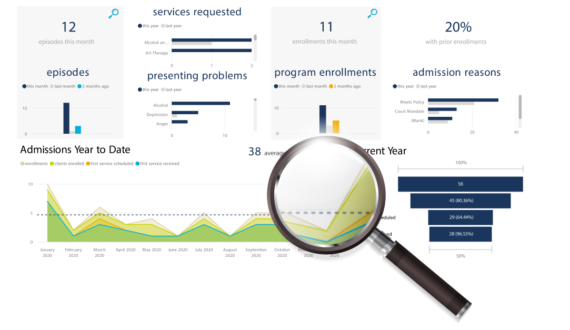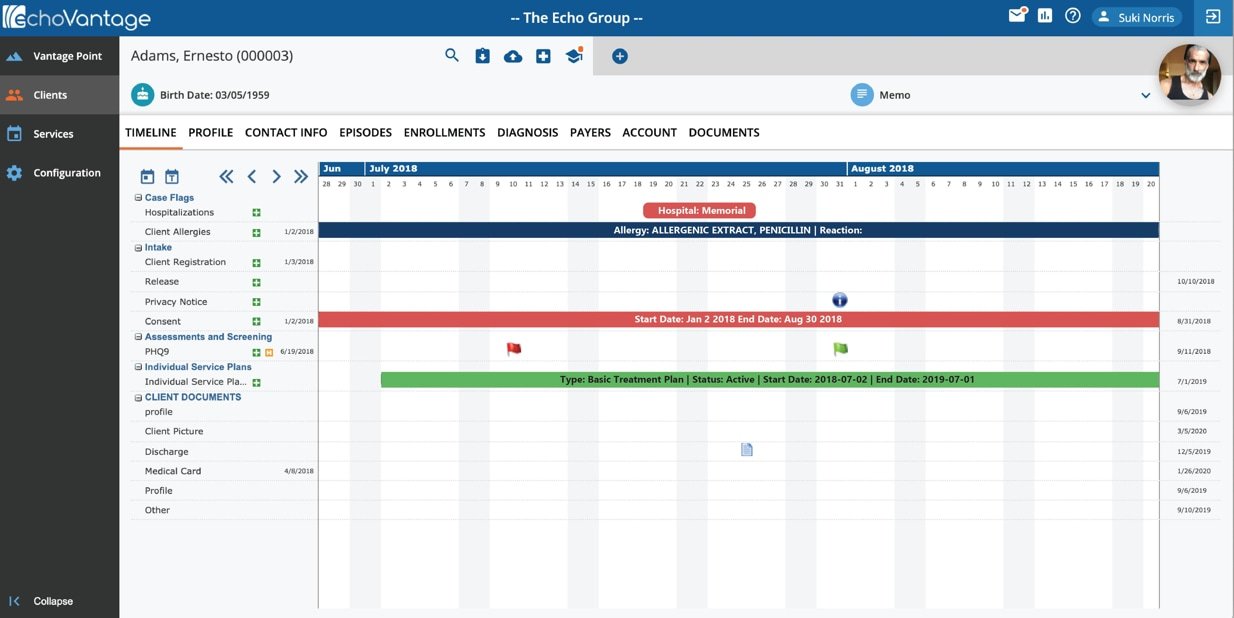Open Access in Mental Health Services

Almost every client knows how hard it is to get an appointment with a therapist on demand. People could be experiencing severe depressive symptoms, but cannot see a therapist before several days have passed since the time they actually needed help. In this scenario, Open access is a revolutionary step in the provision of mental health services.
The idea here is that people in need of help can simply walk in and get to see a therapist without the need for the cumbersome process of booking appointments.
Values of open access
It is vital to provide clients with adequate mental health care when they need it, like care for physical trauma Any significant delay can have a severe negative impact on their mental health. The Open Access model affords the opportunity to provide that instant help.
Even in modern times, some do not take mental health issues as seriously as they should. Even if therapy is needed, a client will probably give up the idea of going if they have to wait for a month to get the appointment. The Open Access model results in fewer patients giving up on their appointments by providing immediate mental health service.
Open Access also has the added benefit of reducing backlogs. Since patients don’t have to wait, they are less likely to miss their appointments. The need for extra time and staff to manage the backlogs and missed appointments is reduced, making the process both cost-efficient and time-efficient.
Challenges associated with open access
The core notion of open access is that clients get to see their therapist on the same day without getting scheduled for later. Although it is ideal, the services available may not always have the capacity to facilitate all the clients when they appear. Ultimately, some rescheduling may be needed.
Extensive and accurate data collection is required. Facilities need to keep track of the number of incoming clients to ensure clients see clinicians in the order they arrived. This tracking may not only be quite hectic but may also require extra staffing.
Another challenge is that any current backlog must be addressed before implementing Open Access. Clearing the backlog can be by having therapists deal with more patients for 1 or 2 months, which results in added pressure on them.
How mental health agencies make it work
The primary requirement for successfully implementing the Open Access model is that the supply meets the demand. To ensure this is the case, agencies should first measure both variables as precisely as possible.
Secondly, to reduce the initial backlog, highly dedicated therapists work extra hours to manage the backlog. One way agencies keep them motivated is by increasing their pay rate or offering some other incentive.
Finally, mental health agencies make Open Access work by using emails and phones effectively, which helps avoid unnecessary routine visits for the smallest of things.
The most important goal is to provide care promptly, and Open Access may be the key.
References
McQueenie, R. et al. (2019) ‘Morbidity, mortality and missed appointments in healthcare: A national retrospective data linkage study’, BMC Medicine, 17(1), pp. 1–9. doi: 10.1186/s12916-018-1234-0.
Moldawsky, R. (2007) ‘Applying an Open-Access Model to a Psychiatric Practice’, The Permanente Journal, 11(1), p. 33. doi: 10.7812/tpp/06-095.
Murray, M. and Tantau, C. (1998) ‘Must patients wait?’, The Joint Commission journal on quality improvement, 24(8), pp. 423–425. doi: 10.1016/S1070-3241(16)30392-3.
Murray, M. and Tantau, C. (2000) ‘Same-Day Appointments: Exploding the Access Paradigm’, Family Practice Management, 7(8), p. 45.
Strategy 6A: Open Access Scheduling for Routine and Urgent Appointments | Agency for Healthcare Research and Quality (no date). Available at: https://www.ahrq.gov/cahps/quality-improvement/improvement-guide/6-strategies-for-improving/access/strategy6a-openaccess.html#ref5 (Accessed: 3 June 2021).



